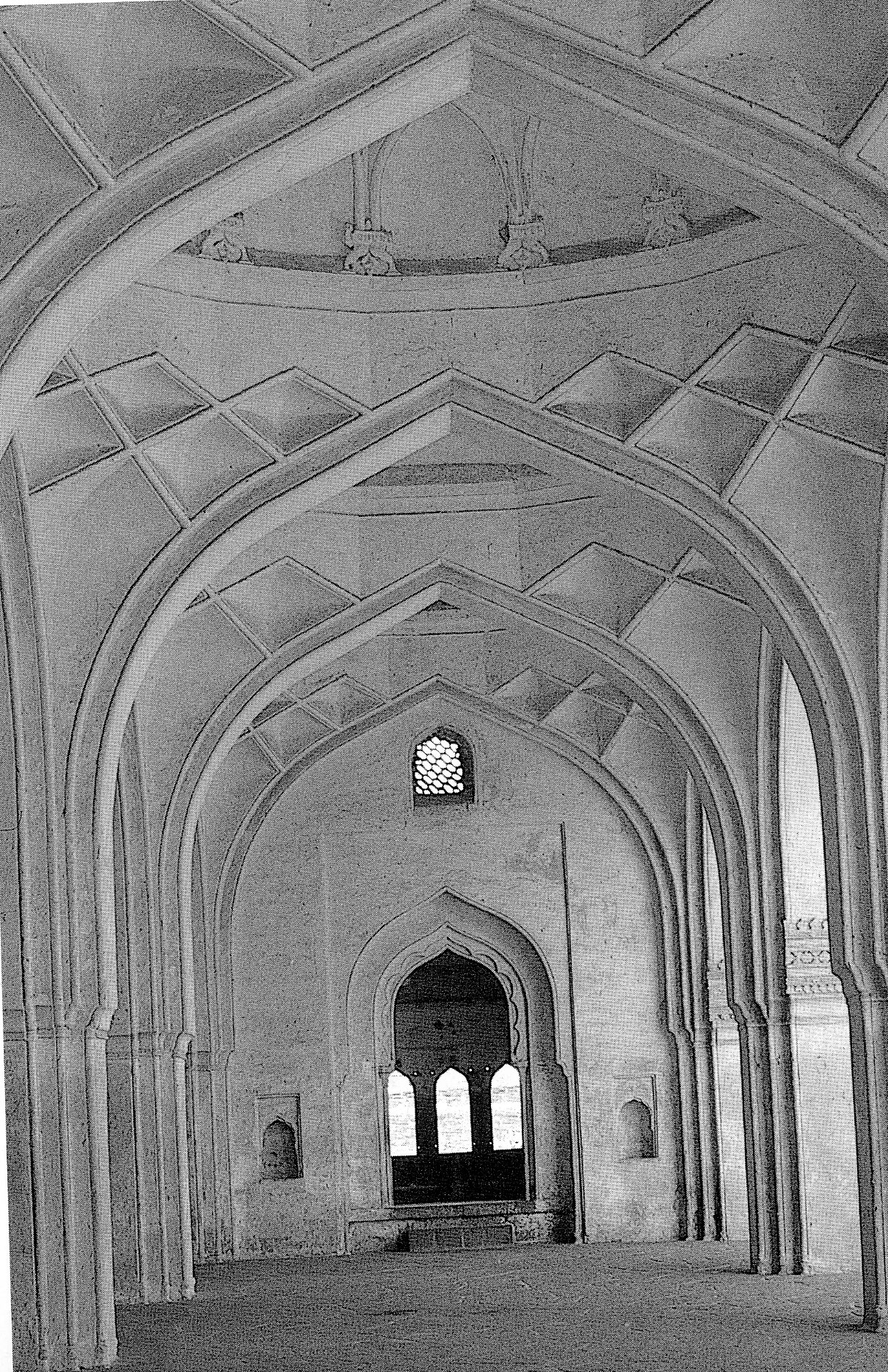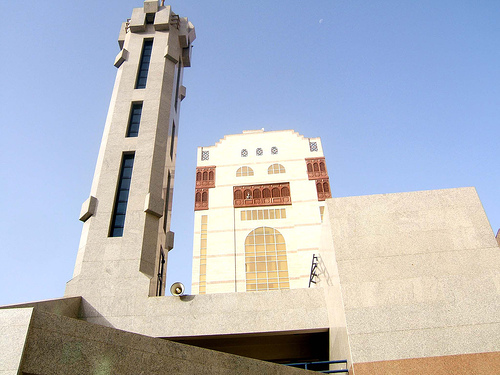"Babri Masjid (India)"
The Babri Mosque (Hindi: बाबरी मस्जिद, Urdu: بابری مسجد, translation: Mosque of Babur), was a mosque in Ayodhya, a city in the Faizabad district of Uttar Pradesh, on Ramkot Hill ("Rama's fort"). It was destroyed in 1992 when a political rally developed into a riot involving 150,000 people, despite a commitment to the Indian Supreme Court by the rally organisers that the mosque would not be harmed. More than 2,000 people were killed in ensuing riots in many major cities in India and Pakistan including Mumbai and Delhi. The mosque was constructed in 1527 by order of Babur, the first Mughal emperor of India and was named after him. Before the 1940s, the mosque was also called Masjid-i-Janmasthan (Hindi: मस्जिद ए जन्मस्थान, Urdu: مسجدِ جنمستھان, translation: "mosque of the birthplace"), acknowledging the site as the birthplace of the Hindu deity, Lord Rama.
The Babri Mosque was one of the largest mosques in Uttar Pradesh, a state in India with some 31 million Muslims Although there were several older mosques in the surrounding district, including the Hazrat Bal Mosque constructed by the Shariqi kings, the Babri Mosque became the largest, due to the importance of the disputed site. Numerous petitions by Hindus to the courts resulted in Hindu worshippers of Rama gaining access to the site.
The political, historical and socio-religious debate over the history and location of the Babri Mosque and whether a previous temple was demolished or modified to create it, is known as the Ayodhya Debate.
Babri Masjid
Babri Masjid
Babri Masjid


























